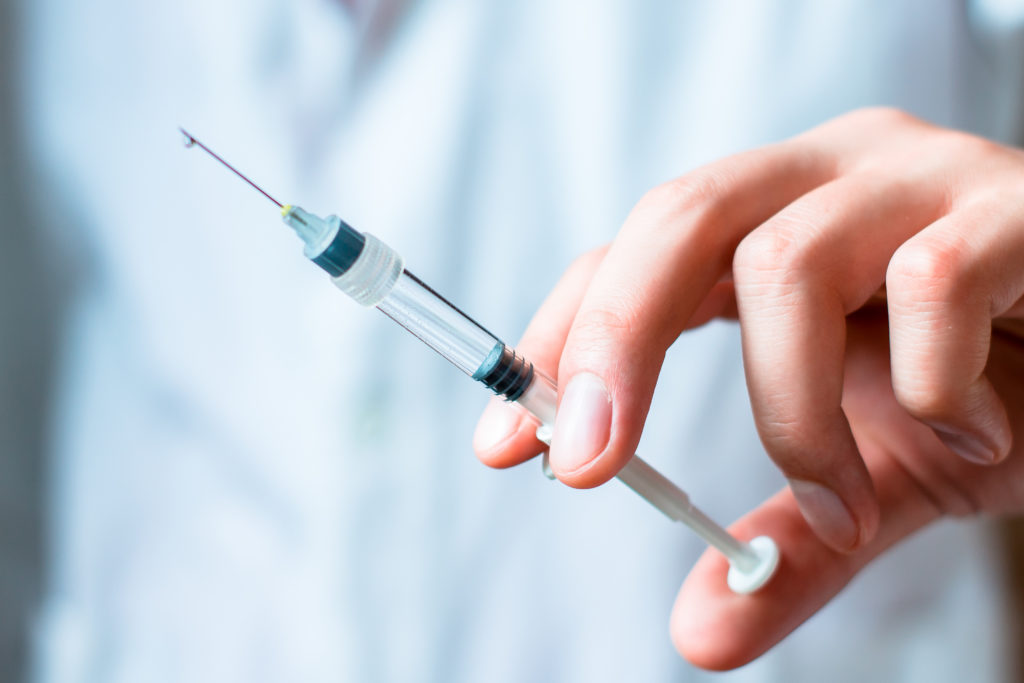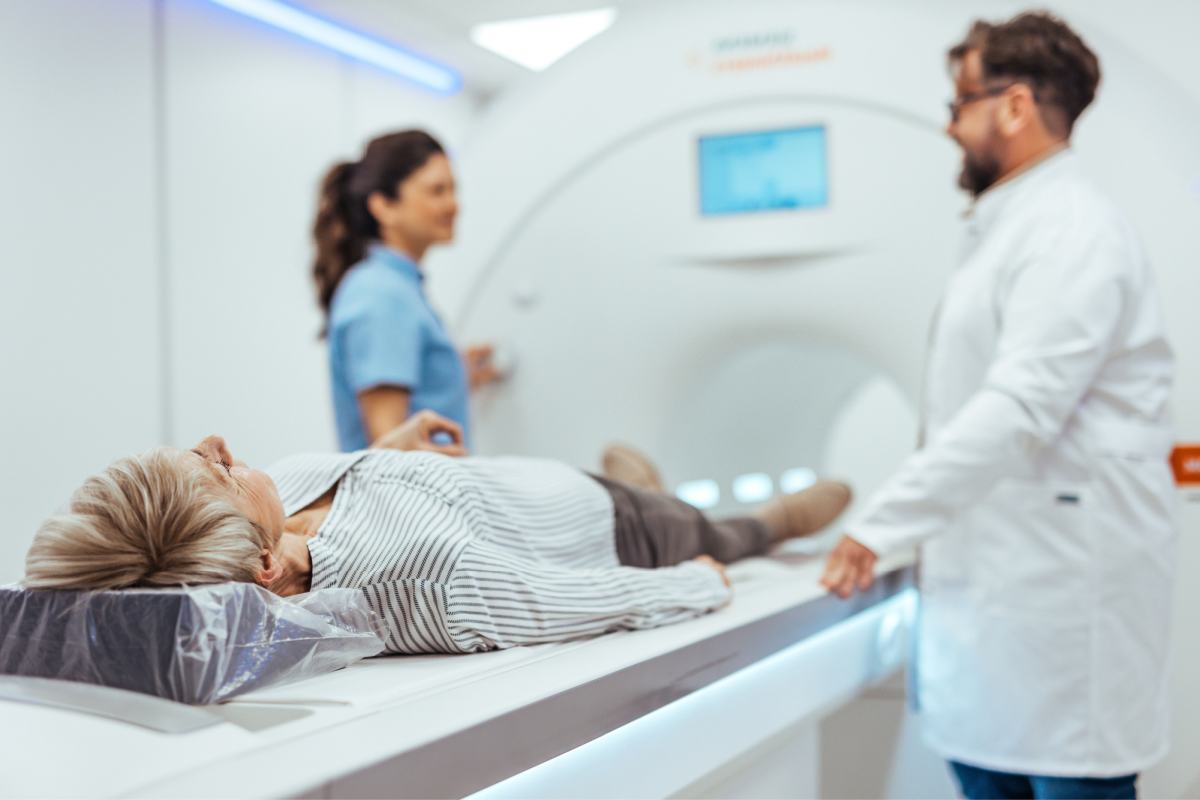After initial rejection from the National Institute for Health and Care Excellence (NICE) last year, the non-departmental public body of the Department of Health in England has now given the green light to the gene silencing treatment Givlaari (givosiran) for the treatment of the rare metabolic disorder, acute intermittent porphyria (AIP).
AIP is a type of acute hepatic porphyria (AHP) that can cause severe pain and neurological symptoms, including seizures, due to a buildup of toxic neuroproteins.
NICE’s reversed recommendation comes on the heels of new long-term results for the treatment released by Givlaari maker Alnylam Pharmaceuticals. The Phase III trial results show that Givlaari offers sustainable benefit to AIP patients and confirm its favorable safety profile. This latest data may have finally won over NICE to reverse its decision and grant approval to the drug.
Givlaari was approved by the European Medicines Agency (EMA) in March 2020 and by the US Food and Drug Administration (FDA) in 2019.
The treatment came with an initial price tag of $39,000 per vial, which amounts to a total of $575,000 each year. However, Alnylam recently offered a confidential discount just before NICE’s latest recommendation came out. NICE provides health guidelines based on evidence-based assessments of efficacy and safety, and also serves as England’s drug price watchdog.
The treatment will be offered through the UK’s National Health Service (NHS).
The NICE’s decision was lauded by England’s National Acute Porphyria Service (NAPS). “We’re delighted that NICE has issued draft guidance recommending the use of (Givlaari) on the NHS,” the organization said on Twitter. “This is a huge development for patients.”
AHP is a life-threatening genetic condition caused by an inherited deficiency in the metabolic enzyme hydroxymethylbilane synthase (HMBS), also known as porphobilinogen deaminase (PBGD). A lack of the gene leads to accumulation of porphyrins — essential compounds found in hemoglobin — in the liver. The buildup of porphyrins is toxic and can lead to nausea, vomiting and seizures. Seizures occur due to the buildup of neurotoxins The condition can also cause other issues such as paralysis, insomnia and problems relating to the heart and lung.
In AHP, defects in heme production in the liver are also caused by a genetic mutation that leads to aberrant activation of the delta-aminolevulinate synthase 1 (ALAS1) enzyme. This leads to a buildup of heme intermediates aminolevulinic acid (ALA) and porphobilinogen (PBG), which are neurotoxins associated with the neurological symptoms of AHP.
Givlaari reduces ALAS1 levels through RNA interference-mediated gene silencing, which targets ALAS1 mRNA. This leads to lowering of ALA and PBG levels.
The disorder can be debilitating as patients can suffer severe pain and paralysis. Two sisters living in the UK with AIP described their experience having the disease in a BBC article. One sister, Liz Gill, became paralyzed after a severe attack and in a hospital for two years after a severe attack. After participating in a clinical trial evaluating the gene silencing treatment, the sisters told BBC that, “the difference is astronomical, we’re not in pain anymore,” and that they don’t have to rely on opioids for pain relief.
Clinical trial results have shown that Givlaari reduces severe AIP symptoms by 74 percent.
The latest long-term results for the gene silencing treatment come from a two-year interim analysis of the Phase III ENVISION randomized clinical trial. The data was presented at the virtual United European Gastroenterology (UEG) Week 2021.
Results from the initial six-month period of ENVISION’s primary randomized control trial involving 94 patients showed that Givlaari treatment (2.5 mg/kg once a month for six months) led to reductions in AAR, ALA and PBG levels, hemin use and daily pain scores compared with placebo. The 24-month interim data from the ENVISION 30-month open label extension study period showed sustained reduction in levels of heme intermediates. The proportion of patients who continued to be attack-free was very high — 83 percent among patients on continued Givlaari use, and 76 percent among those who shifted from placebo to the gene silencing treatment.
AHP affects 1 in 100,000 people in Europe. While most patients recover after one attack, attacks recur in ten percent of patients. An estimated 5,000 people experience one or more AHP attacks yearly in the US and Europe, and 1,000 have severe and frequent attacks.
Similar gene silencing treatments are being investigated for Huntington’s disease and other rare genetic disorders like amyloidosis. Experts say gene silencing through RNA interference holds great promise in the targeting of diseases ranging from cancer to Alzheimer’s and cardiovascular disease.












Join or login to leave a comment
JOIN LOGIN